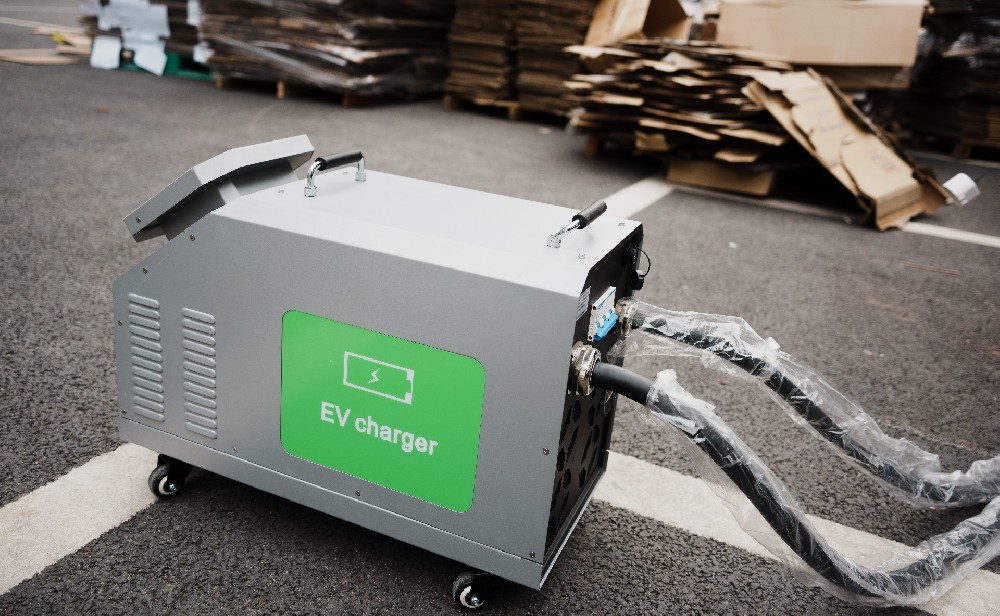-
13822183778@139.com
-
13822183778
Is there a profit potential in setting up electric vehicle charging stations within the community
Do electric vehicle charging stations make money in a community? Many homeowners in recent times have been pondering this question. As environmental awareness continues to rise, an increasing number of people are opting to purchase electric vehicles. Consequently, the demand for charging within communities is on the rise. Should homeowners consider installing electric vehicle charging stations within their community? Would this endeavor yield economic benefits?

The establishment of electric vehicle charging stations entails certain investment costs, such as construction, equipment expenses, and electricity fees. Given that each community has unique circumstances, the specific investment amounts may vary. However, there is a favorable aspect regarding investment costs: the government has introduced a series of policies and measures related to electric vehicles, such as subsidies and free parking, which significantly encourage homeowners to set up charging stations. Additionally, electric vehicle owners within the community represent potential users of these stations, suggesting that the payback period may not be excessively long.
Nevertheless, homeowners must consider several factors concerning economic benefits. The number of electric vehicles in the community and their usage rates are crucial elements. If the community has few electric vehicles or if most are rarely used, installing charging stations may not guarantee a return on investment. Another factor is the demographic composition of the community. If most homeowners do not own electric vehicles, establishing charging stations could prove to be a futile investment.
Therefore, before making a decision, homeowners should conduct a thorough investigation and analysis of factors such as the number of electric vehicles, demographic composition, and vehicle usage rates within the community. Only when these factors indicate a promising return on investment should the installation of charging stations proceed. Beyond financial returns, this initiative also represents an ecological and environmental contribution by the homeowners to the community, which should be taken into account.
In conclusion, establishing electric vehicle charging stations within a community requires comprehensive and meticulous analysis. If the community is suitable, this endeavor could potentially provide homeowners with a certain level of investment return, while also offering open-air public charging stations that enhance community social activities, promote health, and align with environmental consciousness.
 How long does it take to charge ···
How long does it take to charge ···
 DC Fast Charging CCS type 2 plug
DC Fast Charging CCS type 2 plug
 The high-voltage and high-curren···
The high-voltage and high-curren···


